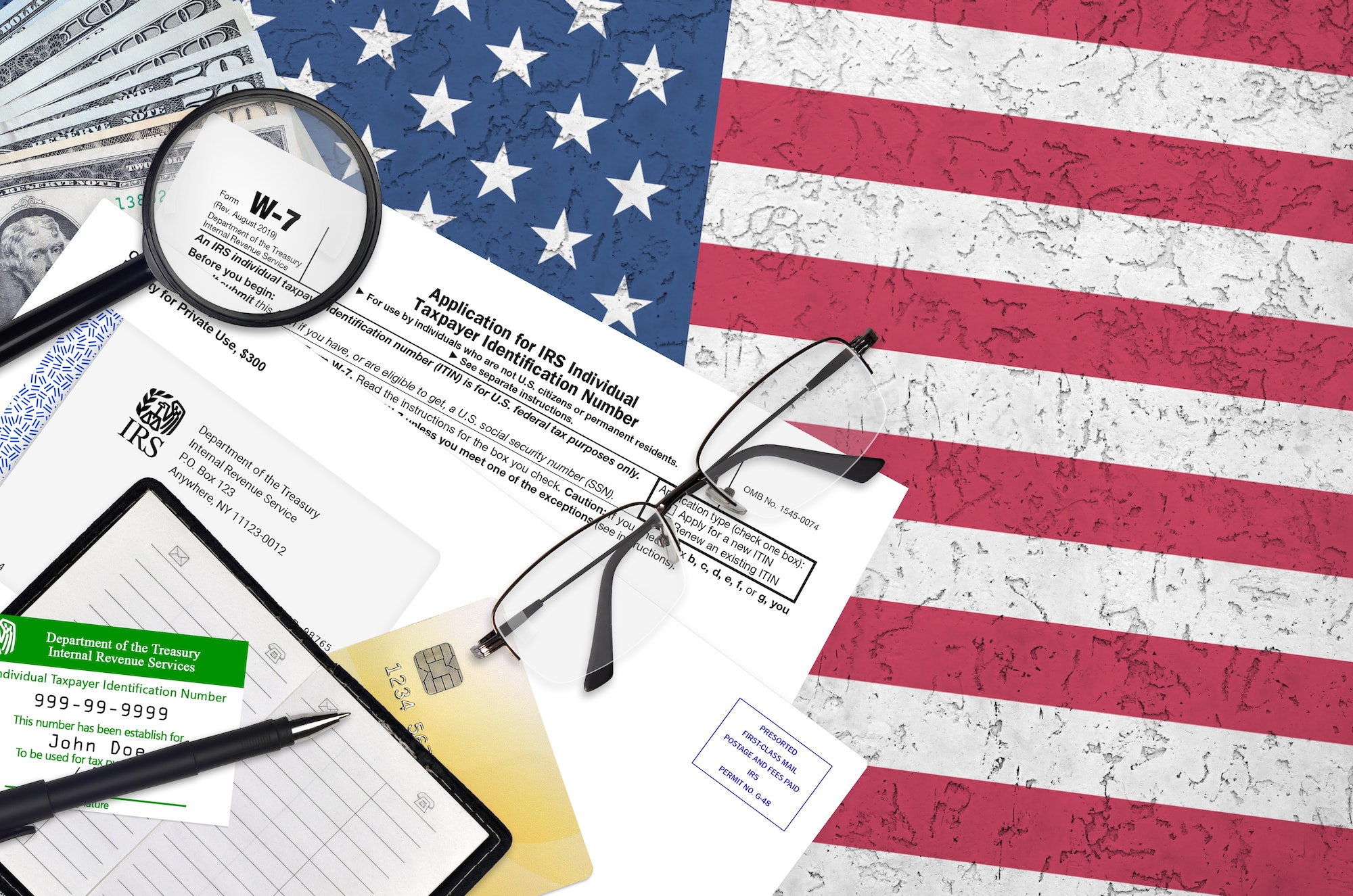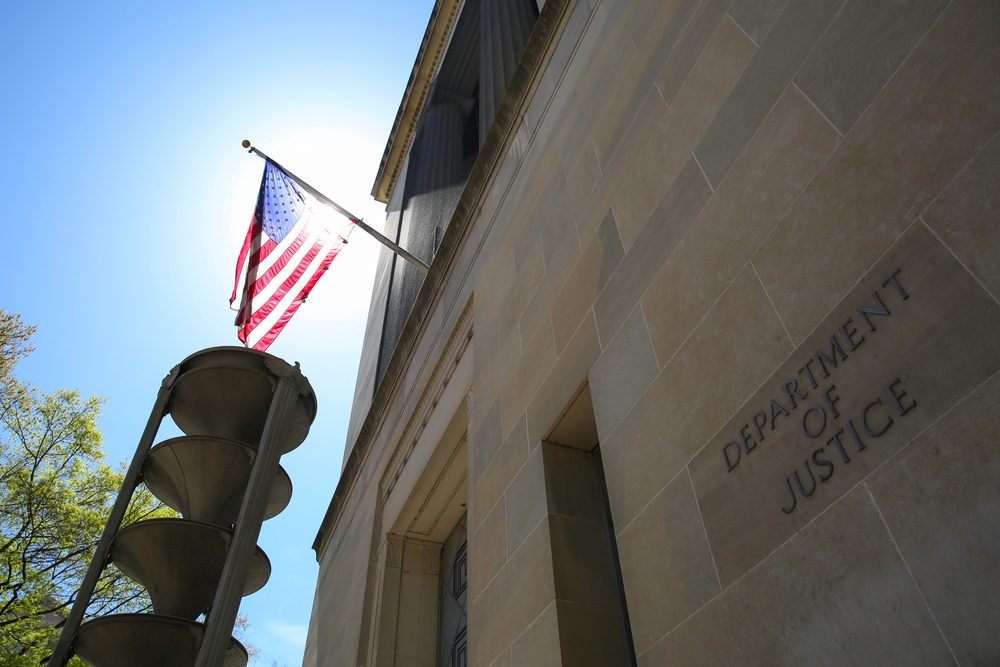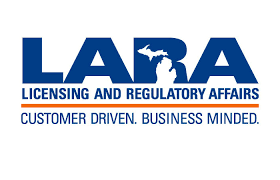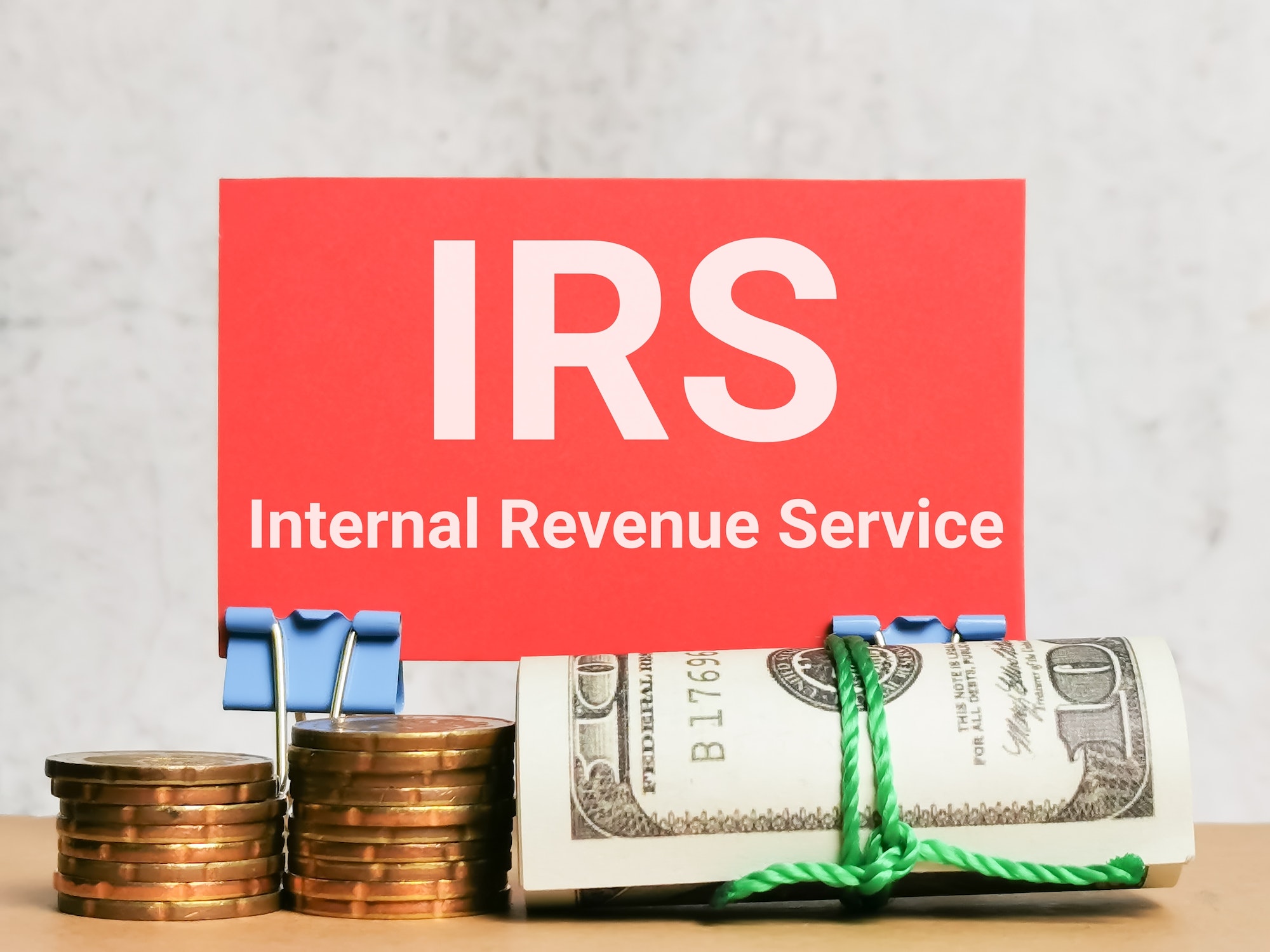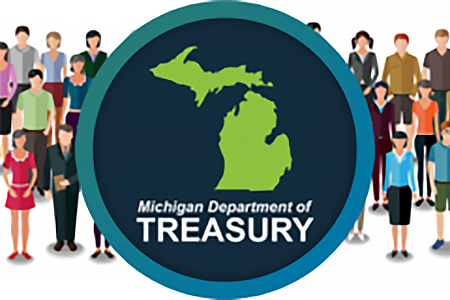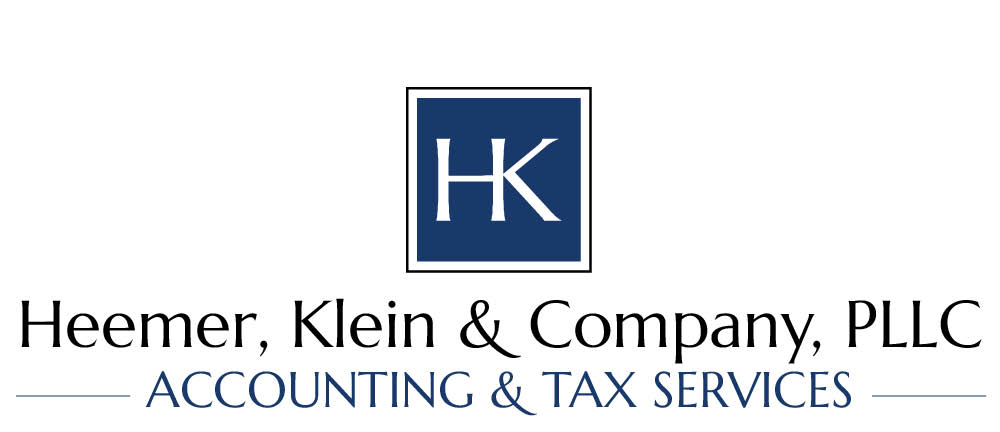The Senate approved the largest economic stimulus package in memory, moving the estimated $2 trillion bill to the House. The highlights:
Individuals
The bill greatly expands unemployment insurance to cover freelance and gig workers, extending unemployment benefits to self-employed workers, including independent contractors, freelancers, and other nontraditional workers who are unemployed, partially unemployed, or unable to work because of Covid-19. The agreement is set to increase current unemployment assistance by $600 a week for four months.
The legislation will provide one-time checks of $1,200 to Americans with adjusted gross income up to $75,000 for individuals and $150,000 for married couples. Individuals and couples are eligible for an additional $500 per child. The government rebates will be pared by $5 for each $100 of income over those thresholds, completely phasing out for individuals whose incomes exceed $99,000, $146,500 for the head of households with one child, and $198,000 for joint filers who don’t have children. Eligible U.S. residents must not be claimed as a dependent by another taxpayer, ts.
The checks will be available to those who have no income as well as people who rely on income benefit programs, such as supplemental security income from the Social Security Administration.
People who don’t itemize their deductions would be able to claim up to $300 for charitable contributions in 2020.
The law would allow most Americans with federal student loans to suspend their monthly payments through Sept. 30, 2020, without any interest accruing. It would also enable employers to make tax-exempt contributions toward their workers’ student-loan payments.
Small Business provisions:
The stimulus package included $350 billion in loans to small businesses in an effort to keep Americans on payrolls. Under the new program, loan money that small businesses use to cover payroll expenses, rent, interest on mortgage obligations, and utilities will be forgiven. The legislation would also provide billions in debt relief on existing loans.
A correction that was already in the works due to a drafting error in the 2017 Tax Cuts and Jobs Act that required them to expense property improvements over 39 years, instead of in the first year as was initially intended was corrected in this legislation. This will allow businesses to correct/amend 2018 and 2019 (already filed) tax returns to expense immediately certain “build-out” costs or renovations previously depreciated over 39 years.
The deal would allow businesses and nonprofits with up to 500 workers in a single location to apply through qualifying banks for loans backed by the Small Business Administration. The loans would convert into grants that don’t have to be repaid for amounts spent on items such as payroll, rent, or utilities, with the grants reduced when workers are laid off. The loans would be capped at $10 million and cover wages up to $100,000 a year.
Businesses get the ability to apply losses from 2018, 2019, or 2020 to past years’ profits and claim refunds.
Employers would be able to defer paying their share of 2020 payroll taxes. They could then make half of those payments in 2021 and the other half in 2022.
Retirement Plans/ 401K Plans / Retirees
Provisions in the legislation raise the limits on 401(k) loans and loosen the rules on hardship distributions from retirement accounts. People affected by the coronavirus crisis would get access to up to $100,000 of their retirement savings without the 10% penalty that normally applies to money taken out before age 59 1/2.
The “hardship withdrawals” of up to $100,000 from IRAs and 401Ks would still be taxable, but account owners can pay the income tax due on the withdrawal over three years, rather than in the first year. And those under age 59 ½ would be exempt from the 10% penalty that normally applies.
Alternatively, they can elect to put the money back into a 401(k)-type plan or an IRA within three years, and skip the tax payments, even if the amount they want to redeposit exceeds the annual contribution limit, which is currently $6,000 for an IRA (or $7,000 for those 50 or older) and $19,500 for a 401(k) (or $26,000 for those 50 or older.)
To qualify for the hardship distribution, the account owner or his or her spouse or dependent must have been diagnosed with the coronavirus or lost income due to a layoff, business closure, quarantine, reduction in hours, or inability to work due to a lack of child care.
The administrator of the account “may rely on an employee’s certification that the employee satisfies the conditions,” the bill says.
For retirees, the bill suspends for 2020 the minimum required distributions most must take from tax-deferred 401(k)s and individual retirement accounts. Congress enacted a similar measure in 2009, to give beaten-down retirement accounts time to rebound without requiring retirees to take money out when their balances were low.
The bill doubles the amount 401(k) participants who have been diagnosed with the virus or affected by economic losses can take in loans for the next six months from a retirement account to the lower of $100,000 or 100% of the account balance. (IRAs don’t permit loans.)
People with 401(k) loans—new or existing—can delay any repayment due in 2020 for a year. That extends the repayment deadline for these loans by a year. People who have inherited 401(k)s, IRAs, or Roth IRAs can also suspend distributions in 2020.
We will continue to update as additional information becomes available, please contact us at 586-751-6060 or mchmelko@hkglcpa.com and mtaylor@hkglcpa.com for additional information.

